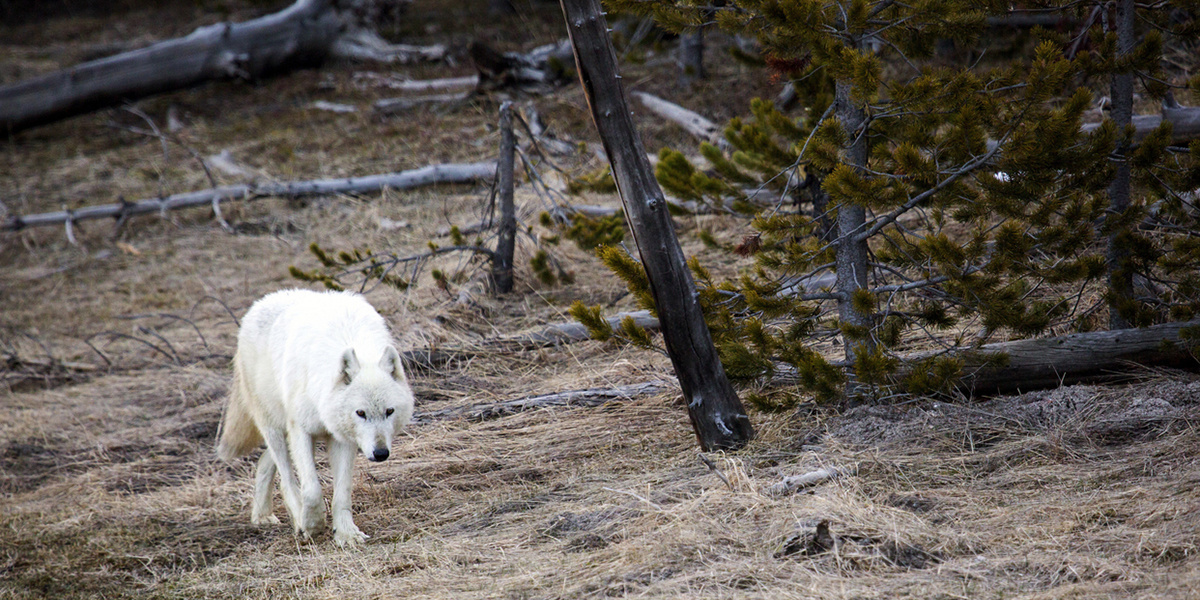

The Wyoming Game and Fish Commission approved an expanded wolf hunting season Wednesday, with a goal of reducing the population to the bare minimum required to keep it off the endangered species list, Defenders of Wildlife reported.
The 2018 season expands on 2017’s season, which was the first in Wyoming since a 2017 appeals court removed Wyoming wolves from protections under the Endangered Species Act and allowed the state to take control of the population, The Associated Press (AP) reported.
“The Wyoming Game and Fish Department and Commission continue to focus on reducing the wolf population toward the bare minimum. Wolves are an important component of Wyoming’s natural heritage, and should be managed toward achieving healthy and abundant populations across large landscapes so that they may perform their important natural role,” Rockies & Plains Director at Defenders of Wildlife Jonathan Proctor said in a statement.
The 2018 season will allow hunters to kill a total of 58 wolves, a 14 wolf increase from the 2017 allowance of 44. It will also start one month earlier, in September, and allow individual hunters to kill up to two wolves, AP reported.
There are currently around 350 wolves in Wyoming, 210 of which live in areas of the state where hunting is permitted. The remaining wolves live in Yellowstone and Grand Teton national parks, the National Elk Refuge and the Wind River Indian Reservation, where hunting is prohibited.
State officials want to reduce the 210 wolves in their jurisdiction down to 160, citing concerns about wolves preying on livestock.
Game and Fish wolf biologist Ken Mills said that bringing the number down to 160 would be consistent with the state’s commitment to maintain at least 100 wolves and 10 breeding pairs, according to AP.
But Defenders of Wildlife argued that culling wolf populations is not a scientifically sound strategy for limiting livestock killings. It also disrupts pack structure and is more expensive than other, non-lethal means of protecting livestock.
“Rather than increase the number of wolves to be killed, Wyoming should improve outreach on the important role of wolves in the state and further promote the use of coexistence techniques that prevent conflicts,” Proctor said.
Defenders of Wildlife also pointed out that Wyoming has created no buffer zones around the national parks, meaning some wolf packs wonder between protected and unprotected areas.
Wolves were originally reintroduced to the Northern Rockies in the 1990s. Neighboring states of Idaho and Montana also allow wolf hunts, according to AP.

 233k
233k  41k
41k  Subscribe
Subscribe 